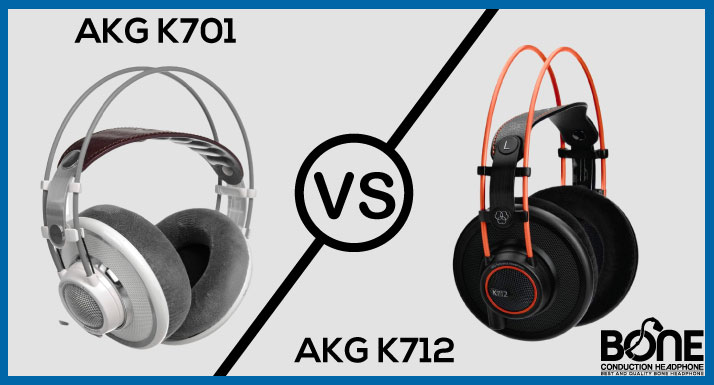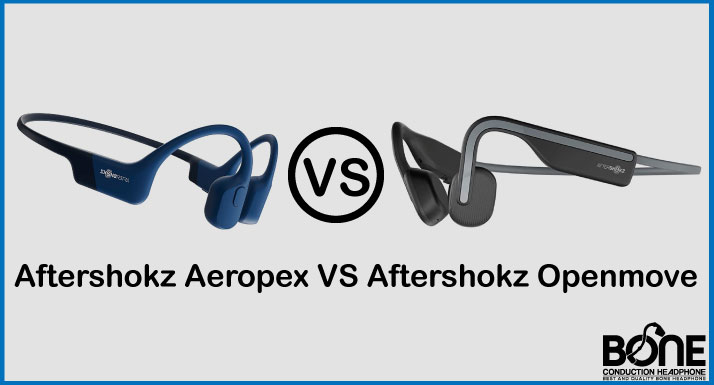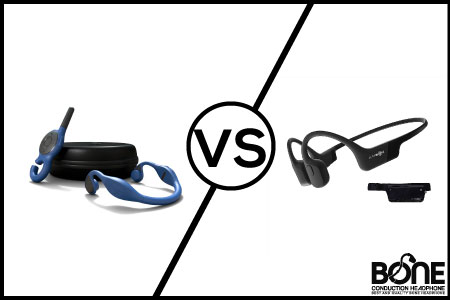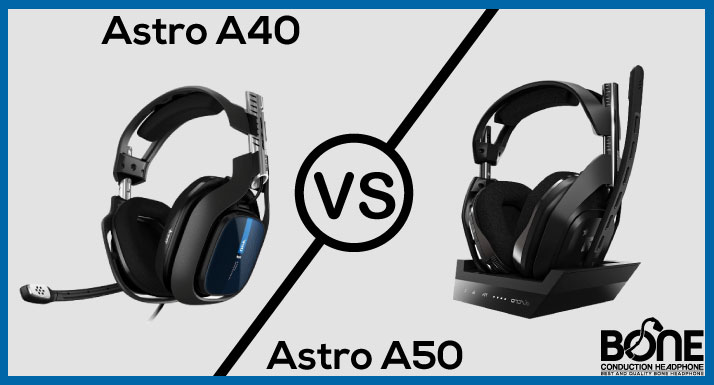The fascinating world of hearing technology offers various means of auditory perception, with air conduction and bone conduction being two prominent methods. Both techniques play crucial roles in addressing different types of hearing loss and providing individuals with improved hearing capabilities.
In this article, we aim to shed light on the question and compare which method, air or bone conduction, holds the edge in terms of auditory performance. In addition, we will also explore their unique characteristics, advantages, and limitations with overall user satisfaction.
What is Air Conduction?
Air conduction hearing is the most common and everyday way, we hear sounds. It’s like a natural process where sound waves enter our ears and travel through our inner ear.
Most regular audio gadgets such as radio, and traditional headphones use this conduction method to process the sound waves into our brains.
Air Conduction Pathway
The air conduction pathway is the route that sounds waves take when they travel through the ear to reach the auditory system.
It begins with airwaves entering our inner ear and causing the eardrum to vibrate, transmitting the vibrations to the inner ear. In the inner ear, these vibrations are transformed into electrical signals that our brains interpret as sound. For air conduction to function effectively, all three parts of the ear must work correctly.
On the other hand, bone conduction differs as it doesn’t rely on all three parts of the ear to transmit sound.
What is Bone Conduction?
In contrast to air conduction, this type of hearing method utilizes skull bones to pass sound vibration directly into the inner ear without passing through the outer or middle portion of the ear.
Bone conduction headphones are modern-day headphones, gaining increasing popularity, particularly among athletes, as each day passes.
Bone Conduction Pathway
When using bone conduction technology, such as bone conduction headphones, sound waves are converted into mechanical vibrations that are conducted through the bones of the cheekbones or skull. These vibrations then reach the cochlea in the inner ear, generating electrical signals that are sent to the brain for auditory perception.
This pathway allows individuals with certain types of hearing loss or other auditory conditions to perceive sound without relying on the traditional air conduction pathway.
Which is Better Air or Bone Conduction?
As we have known about what air and bone conduction methods are and how exactly their mechanics work. We now move on to the decision which should be better for you.
Undoubtedly, air conduction is way better than bone conduction if you love to listen to your music in complete isolation and doesn’t want to compromise on sound quality.
On the other hand, bone conduction works for those who need to be aware of their surroundings without getting lost in their own world, like a stay-at-home mother to watch out for their wandering kids or for a rider to hear the traffic.
Difference Between Air Conduction and Bone Conduction
It’s important to note the difference between these two as it helps you choose the best sound conduction for your ears.
Suitable For?
This technology is used in usual speakers and headphones and is for those who have normal hearing or mild hearing impairment. While the bone conduction method is for those with mild to severe hearing loss.
Situational Awareness
Air conduction provides great sound quality. However, it lets the hearer lost in the world of sound. But where situational awareness is mandatory, one can always opt for open-ear or bone-conduction headphones.
Sound Quality
There’s no comparison as those who have been using air-conduction-based headphones would not be satisfied with bone-conduction ones because of their poor sound quality.
Comfortable Wear
While bone conduction headphones are comfortable to wear as they seat on your cheekbones just in front of the ears. This way your ears are free from any blockage or sweat as in the case of in-ear headphones.
However, at times loud volumes can cause extreme vibration felt by the user while wearing bone-conduction headphones, making them difficult to wear.
Why is Air Conduction Better than Bone Conduction?
Air conduction is generally considered better than bone conduction due to its ability to provide more accurate and natural sound perception. It allows for a wider frequency range, better spatial awareness, and the ability to perceive subtle nuances in sound that bone conduction may not offer.
Does Bone Conduction Sound Better?
Bone conduction does not necessarily sound better than air conduction. It provides a unique way of perceiving sound by bypassing the outer and middle ears. While it can be beneficial for individuals with certain hearing impairments, the sound quality and personal preference may vary among individuals.
Conclusion
Overall, air conduction is the standard method of hearing, while bone conduction offers an alternative for individuals with specific hearing conditions, providing valuable solutions for diverse auditory needs.

![SteelSeries Arctis 1 vs 3 vs 5 [Detailed Comparison Guides]](https://www.boneheadphonesera.com/wp-content/uploads/2022/06/SteelSeries-Arctis-1-vs-3-vs-5.jpg)




